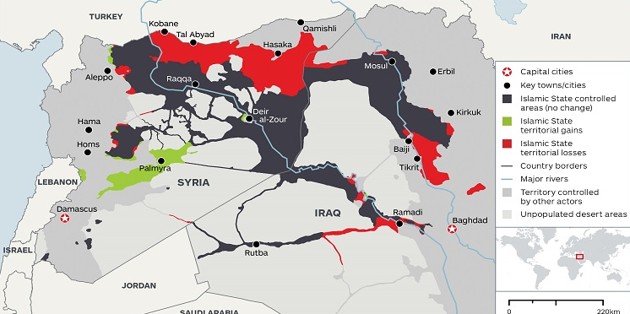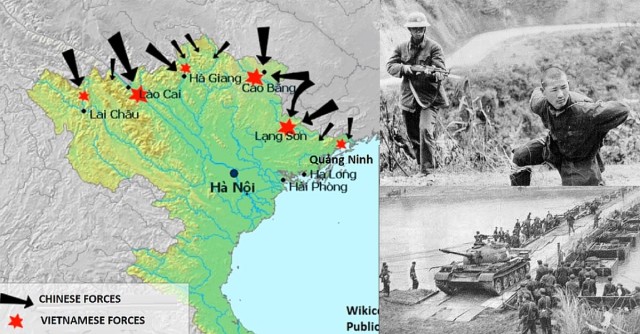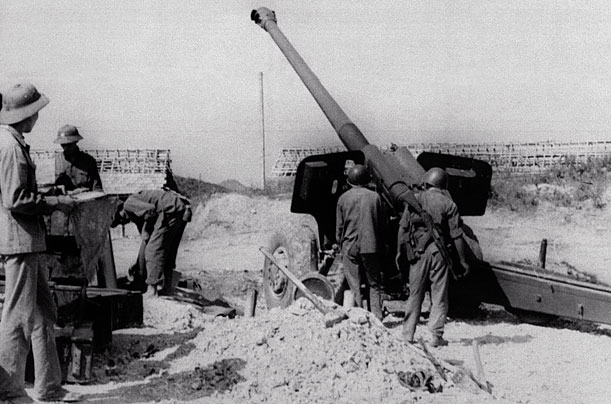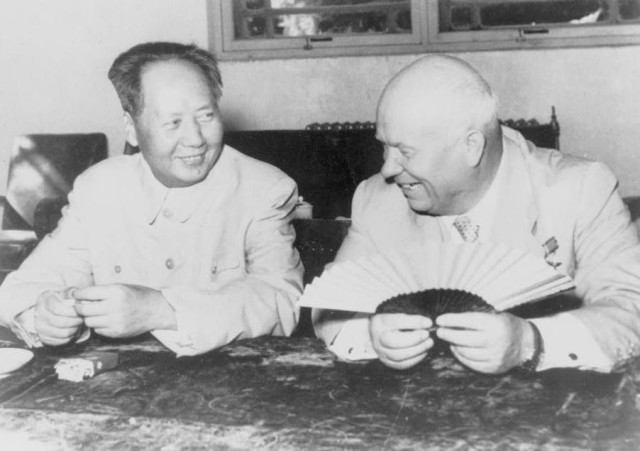Summary: There is a deep connection between the end of the Cold War, the Yugoslav wars and the attacks in Brussels. They may appear separate but are deeply interconnected. The release of tensions between the United States and the Soviet Union triggered a seismic shift along the fault line of U.S. containment strategy that runs through the Middle East. These tremors are still playing out today.
Radovan Karadžić, former president of Republika Srpska, a Serbian enclave in Bosnia, was found guilty of genocide by a United Nations tribunal yesterday. He was accused of the deaths of more than 8,000 Bosnian Muslims in the 1990s. The date of his conviction, March 24, is also the 17th anniversary of the beginning of the NATO bombing campaign in Serbia that led to separation and independence of Kosovo from Serbia. It is also the week in which members of the Islamic Statecarried out an assault on Brussels. The three events are intimately connected.
The American strategy during the Cold War was to contain the Soviet Union. One part of the containment line ran through Europe. Another part, after the Sino-Soviet split, ran along the northern Chinese border. The third line ran from Yugoslavia to Afghanistan - through the Islamic world, with predominantly Muslim countries on each side of the line. The tremendous force of the Western alliance, China and the Soviet Union had frozen these boundaries into place. With the exception of Afghanistan later in the Cold War, this created a tense but coherent region. Various countries were in different alliances, and some in none, but on the whole the Cold War brought a relative stability to the region. The shifts that took place were managed by the great powers to limit their destabilizing effect along the line of confrontation.
When the Soviet Union collapsed and the line disappeared, three things happened. In Europe,Western-style democracies emerged in the former Warsaw Pact countries. In China, the People's Liberation Army and the Communist Party shifted their focus to economic development. And the line from Yugoslavia to Afghanistan destabilized. It did not destabilize all at once, or even quickly. But as the force field between the U.S. and the Soviets disappeared, the region regained its autonomy and destabilized. Put another way, the Muslim world destabilized, and Muslims confronted the Christian world that had shaped their map.
This began in Yugoslavia. Yugoslavia was a country invented after World War II, containing Muslims and Christians, with a wide range of bad memories about each other and therefore hostility. After World War II, Yugoslavia was frozen into place by two forces. One was the communist government of Josip Broz Tito, which submerged ethnic and religious difference under its government apparatus and security structure. The other force freezing Yugoslavia into place was the fact that, having come to power independent of the Soviets, Tito did not want to become a Soviet satellite. Therefore, Yugoslavia maintained a neutrality tilted mildly to the West. That stance froze Yugoslavia, as neither the U.S. nor the Soviets wanted to take the risk of shifting its orientation, and Tito did not want do anything to trigger a change in policy.







 Vietnamese forces shelling Chinese positions on 23 February 1979
Vietnamese forces shelling Chinese positions on 23 February 1979 Mao (left) and Kruschev (right) in Peking, China in 1958. Despite their smiles, the two are already at loggerheads
Mao (left) and Kruschev (right) in Peking, China in 1958. Despite their smiles, the two are already at loggerheads